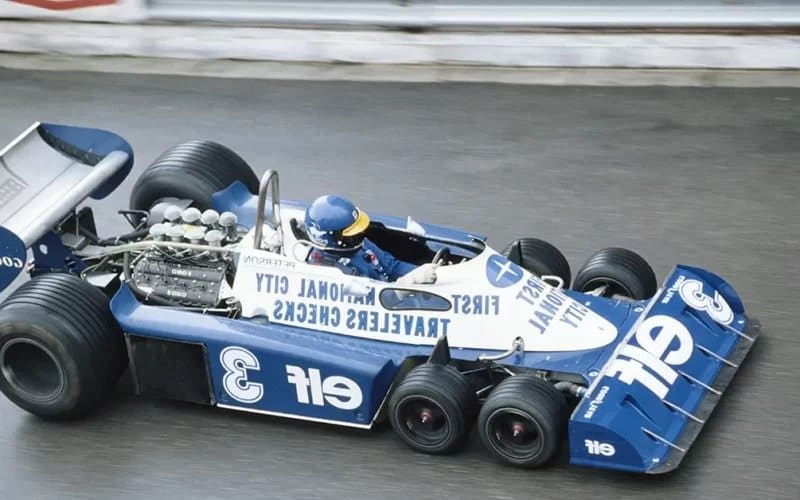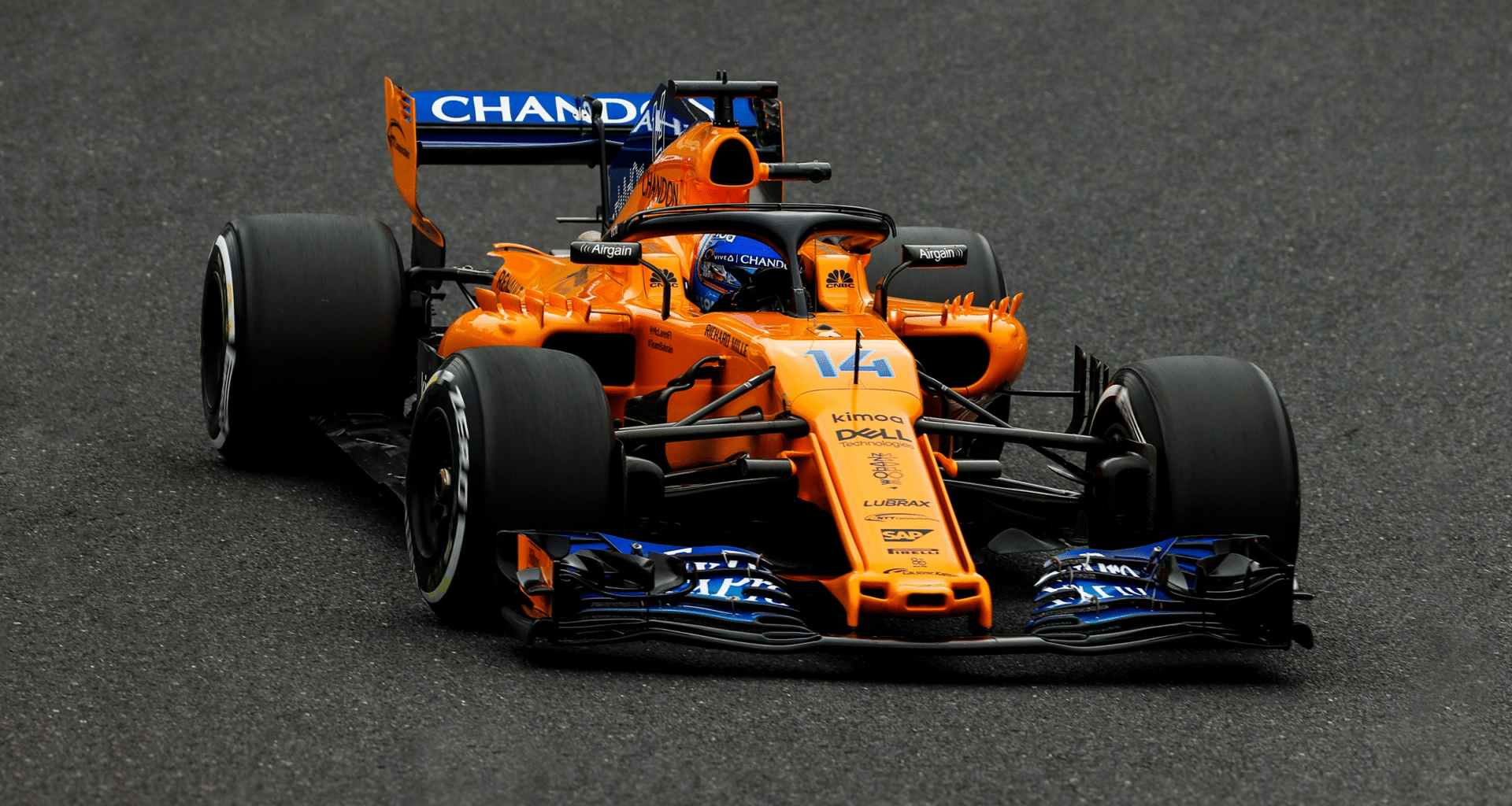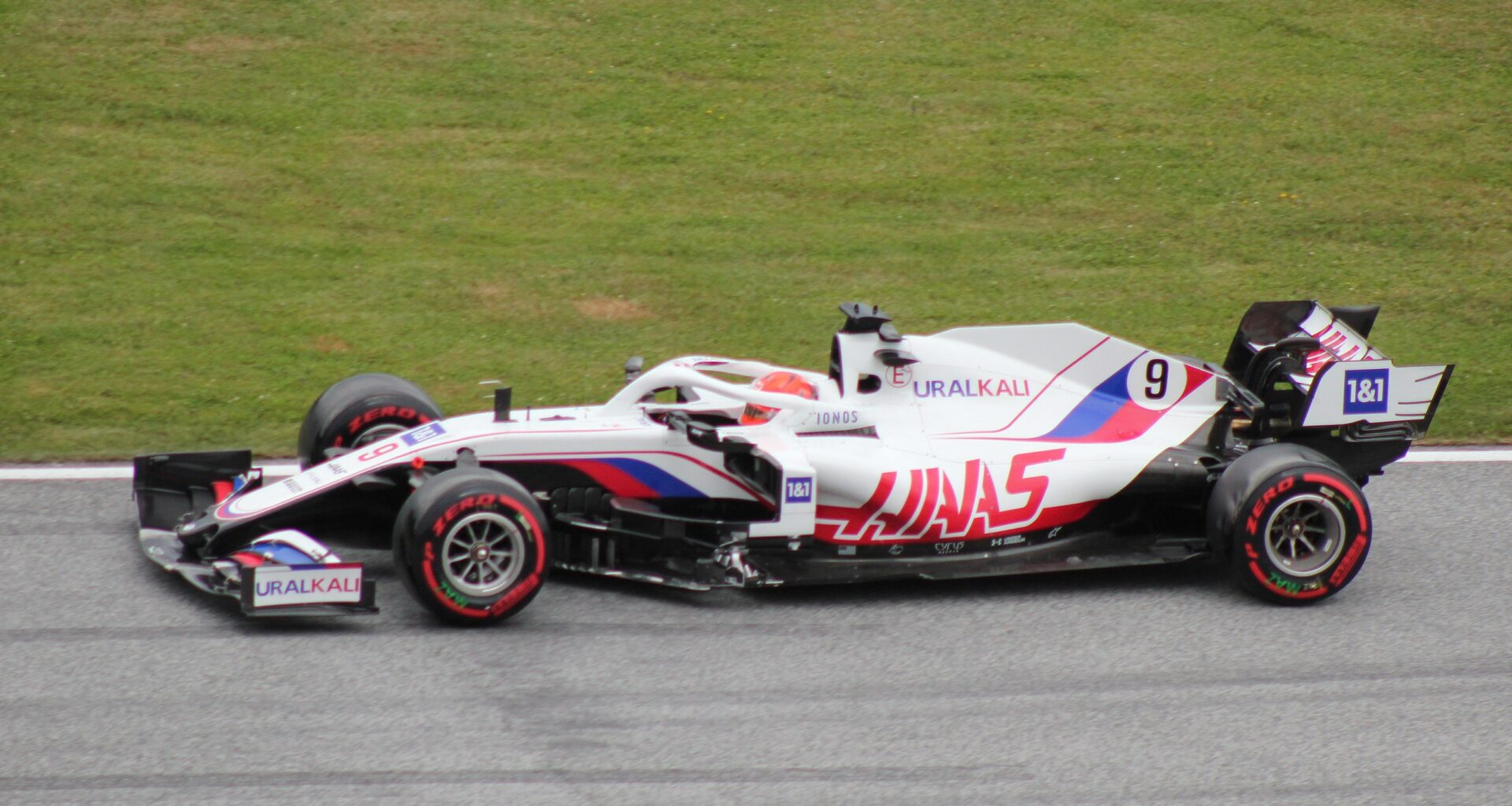The Formula 1 community has always been a center for experimentation and invention.
Teams and engineers frequently produce original designs and technical concepts in an effort to outperform the competition.
The 6-wheel F1 car was one of the most intriguing and novel concepts to appear in the world of motorsports.
In this essay, we’ll examine the legacy these unique racing vehicles have left in the annals of motorsport.
Table of Contents
The Innovation Behind the Six-Wheel Design
Formula 1 provided engineers and designers with a place to test the limits of what was practical within the confines of the rules in the 1970s.
The concept of a six-wheel vehicle was developed as a novel response to a key problem in motorsports: how to outperform the opposition while adhering to the laws.
Six-wheel designs were tested by teams including Tyrrell, Ferrari, and McLaren, although the Tyrrell P34 ultimately had the biggest influence on the racing industry.
The Iconic Tyrrell P34: The First 6-Wheel F1 Car
The Tyrrell P34 was an ambitious and ground-breaking design by Derek Gardner.
The idea was to use four smaller wheels in place of the conventional two up front, which would improve aerodynamics and increase contact patches for better turning and braking performance.
Even though the concept may have seemed absurd to some, it demonstrated that in the 1970s racing, “thinking outside the box” was still a valid strategy.
With Elf Tyrrell Racing, the P34 made its competitive debut in 1976 and quickly demonstrated that it was more than just a novelty.
Advantages and Disadvantages of the 6-Wheel F1 Car
The Tyrrell P34 showed many benefits over conventional four-wheel designs throughout the 1976 season.
Ten podium finishes, including a 1-2 victory at the Swedish Grand Prix by Jody Scheckter and Patrick Depailler, demonstrated the design’s high potential.
The six-wheel layout, however, was not without flaws.
Over time, the performance was affected by the smaller front tires’ rapid tire wear, and the added brake pressure caused overheating problems.
Throughout the P34’s racing career, suspension and engine issues caused a series of early retirements.

The Legacy of the 6-Wheel F1 Car
The six-wheel F1 car finally disappeared from the racing scene despite its triumphs.
The P34’s 1977 redesign failed to address its flaws, and as tire technology developed, the front wheels’ specialized, smaller tires were left behind, lessening the design’s advantages.
Yet, the six-wheel F1 vehicles’ innovative design, especially the Tyrrell P34, continues to be a distinctive and fascinating chapter in the history of motorsports.
Even if the outcome wasn’t as good as intended, competitive racing is defined by the desire to question established beliefs and consider novel thoughts in the pursuit of success.
The Uniqueness of 6-Wheel F1 Cars in Racing History
The six-wheel F1 cars of the 1970s may not have achieved long-term success, but they are nonetheless a tribute to the limitless ingenuity and intense competitiveness that have always been associated with the world of motorsports.
Even though we may not see six-wheeled race cars on the tracks of contemporary Formula 1, our admiration for the risk-taking creativity that gave rise to the Tyrrell P34 and other unusual designs amply proves how frequently the most memorable moments in racing history result from pushing the boundaries of what is possible.




